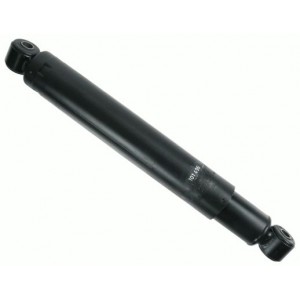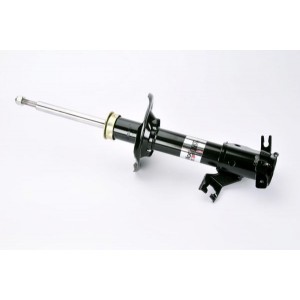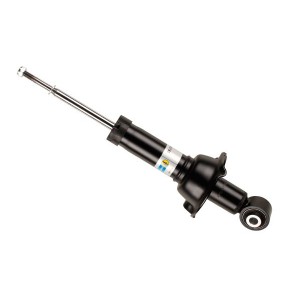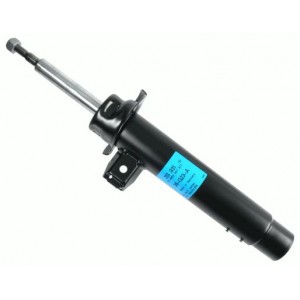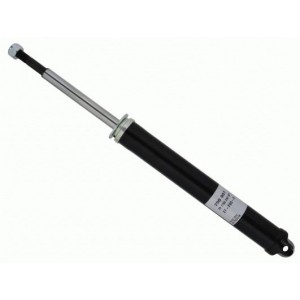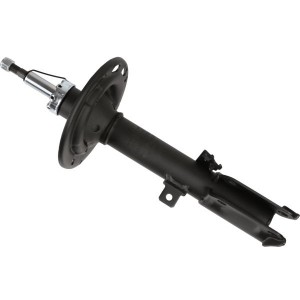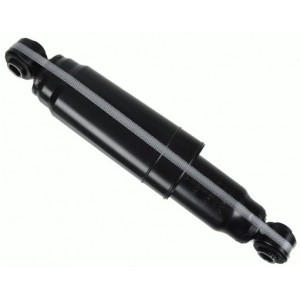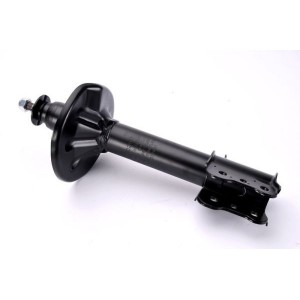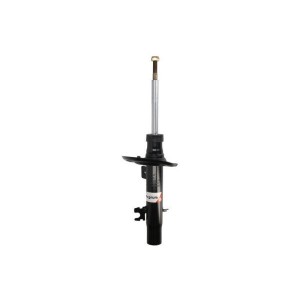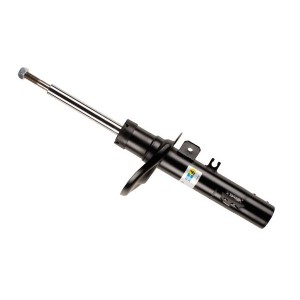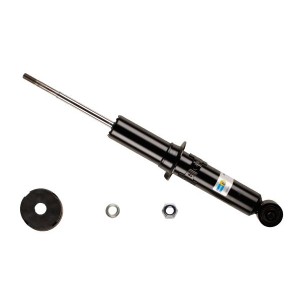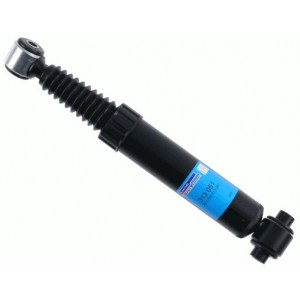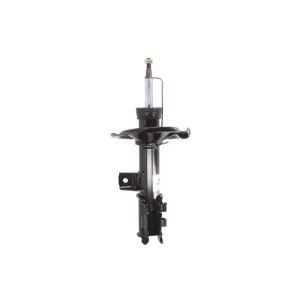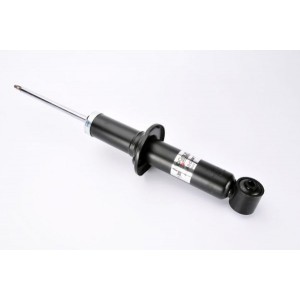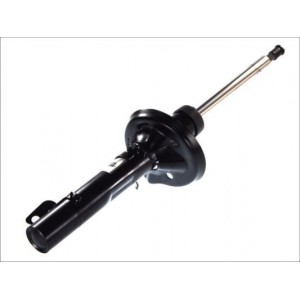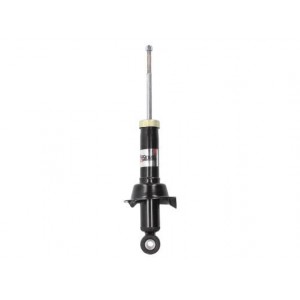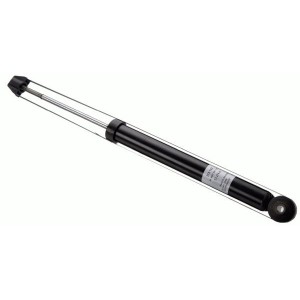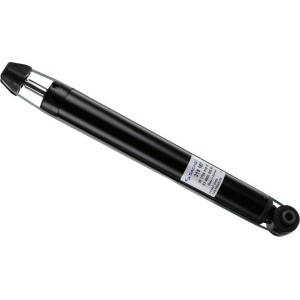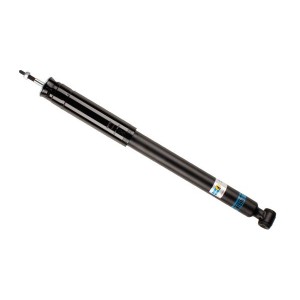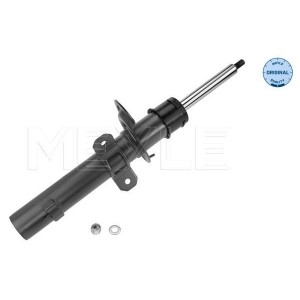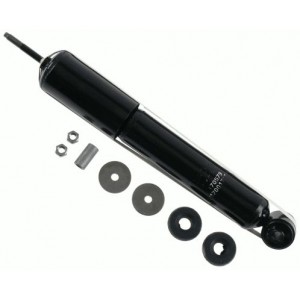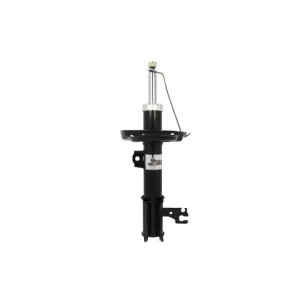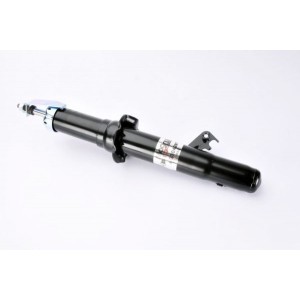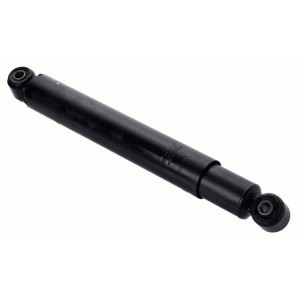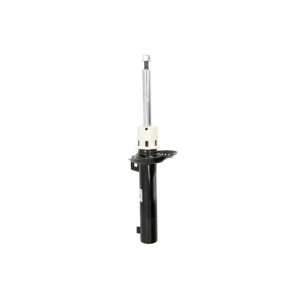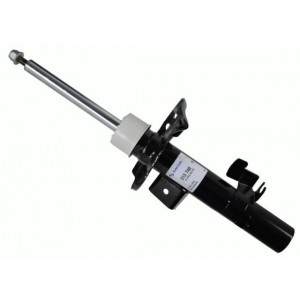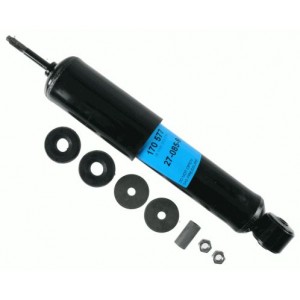-
-
There are 5367 products.
The shock absorption system is the most important part of a vehicle's suspension, absorbing all mechanical forces during driving and reducing deflection of leaf springs, torsion bars and springs. The shock absorber prevents the vehicle from swaying and interferes with steering and braking functions. There are different types of shock absorbers, so you need to understand their parts and how to choose the right one for your vehicle.
Shock absorber concept and structure
When cars first came on the market, they had leaf-sprung suspension, which caused bumpy driving. In order to prevent this, a design was invented, which was later modified and improved. The spring takes the main load during motion and can be compressed or compressed loose to compensate for the rocking motion.
Body sway cannot be completely eliminated because the wheels are not in contact with the road surface and drivability is reduced. A shock absorber was developed to reduce the inertial vibration of the springs through the resistance it generates. The vehicle has two types of dampers that control:
- the driving axle (because its resistance is higher, the structure is strengthened);
- the rear axle.
Shock absorbers have important functions:
- Reduce vertical vibration of the car and suspension;
- They improve the driving feel - the car runs smoother;
- They improve the contact between each wheel and the ground;
- It improves braking or acceleration.
Put simply, a shock absorber acts like an oil pump, displacing a small amount of fluid as the suspension moves vertically. This fluid (which exits through some of the small holes) signals the springs to slow down the braking. As the speed of the car increases, the sway increases and the resistance of the springs increases.
It should be remembered that shock absorbers and suspension are different concepts, since the suspension is a specific system responsible for attaching each wheel to the body. Dampers are part of this system. A shock absorber consists of the following components:
- a cylinder;
- pistons;
- the rod assembly;
- a vacuum cleaner;
- seal assembly;
- fastening joint;
- valves (pistons and base);
- rubber O-rings;
- separating piston-piston blowing;
- cushioning oil (gas), etc.
Types of shock absorbers
Shock absorbers look like cylindrical structures with a rod inside. At the bottom of the component is a special mounting element that attaches it to the suspension axle. There are different types of shock absorbers:
1. In appearance:
- Shoulder-shaped (earliest to appear);
- The earliest (most common) consists of a single tube (rarely used);
- The earliest (most common) consists of 2 tubes (most commonly used).
2. By construction type:
- Oil-filled (no gas - it is replaced by air masses);
- is low-pressure gas
- filled with high pressure gas (efficiency increases with pressure).
3. Other types of dampers (there are many):
- With one more valve;
- One valve with one venturi;
- reinforced (for sports cars);
- with integrated pneumatic system, etc.
Criteria for the selection of parts
Before you decide which type of shock absorber you need, you need to know the pros and cons of each type:
1. The advantages and disadvantages of shock absorbers are: - The advantages and disadvantages of hydraulic shock absorbers (oil or liquid inside the cylinder).
Advantages:
- High efficiency;
- Oil or hydraulic oil or hydraulic oil in oil or hydraulic oil in oil or oil in oil or hydraulic oil;
- (oil or hydraulic: high efficiency or low noise)
- High performance, easy to drive; good for high speeds.
- Lasts more than twenty thousand kilometres;
- has a simple structure;
- reasonable price.
Cons:
- harder to drive at high speeds;
- heat output;
- cavitation effect that destroys detail;
- If air gets into the cylinder, the system becomes less efficient.
2. Gas.
Pros:
- Allows for quick maneuvers;
- High speeds;
- Long life, long life. when the vehicle brakes or accelerates, the roller does not overshoot;
- Works in freezing temperatures;
- Cools down well;
- no cavitation.
Cons:
- Reduced comfort;
- High price of the device;
- Low price: low comfort; low price; high price; if a small dent occurs, it must be replaced.
So each shock absorber has its own disadvantages and advantages, and you have to decide which one to choose. If you experience excessive "vibration" when the car is moving, check the shock absorber system. A special section of our website has a selection of different types of shock absorbers and their characteristics, which will help you choose the best shock absorber for your car.


